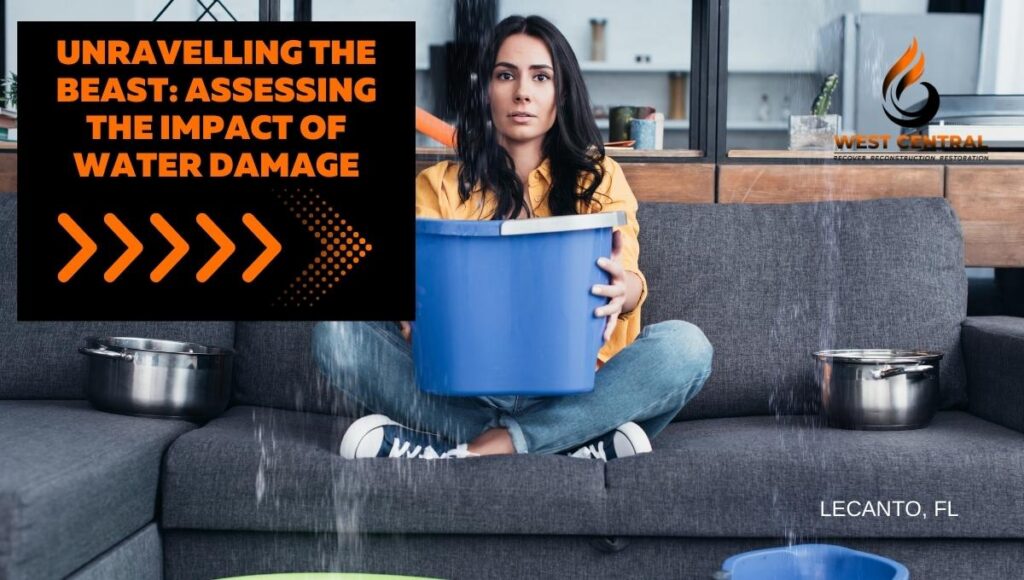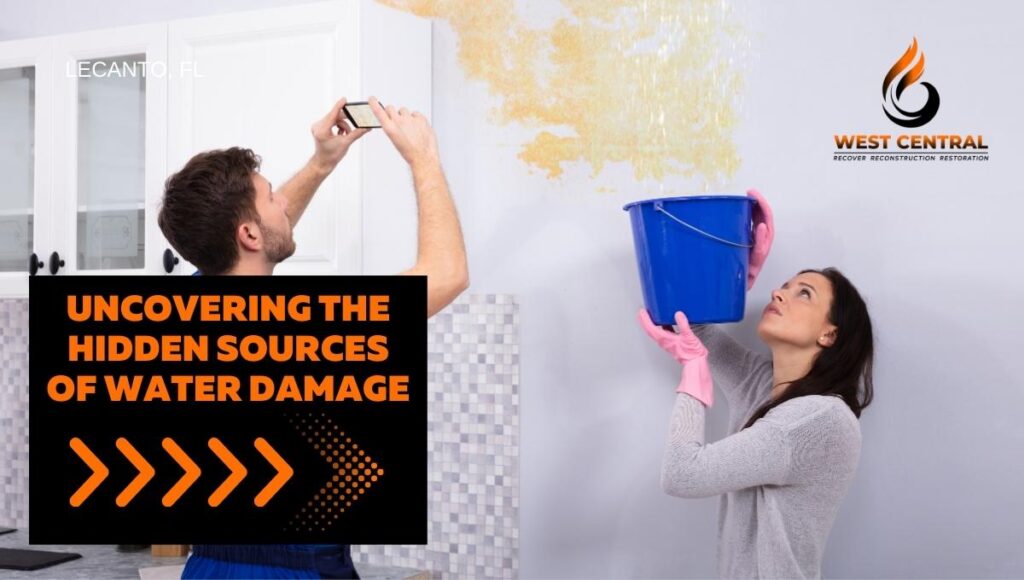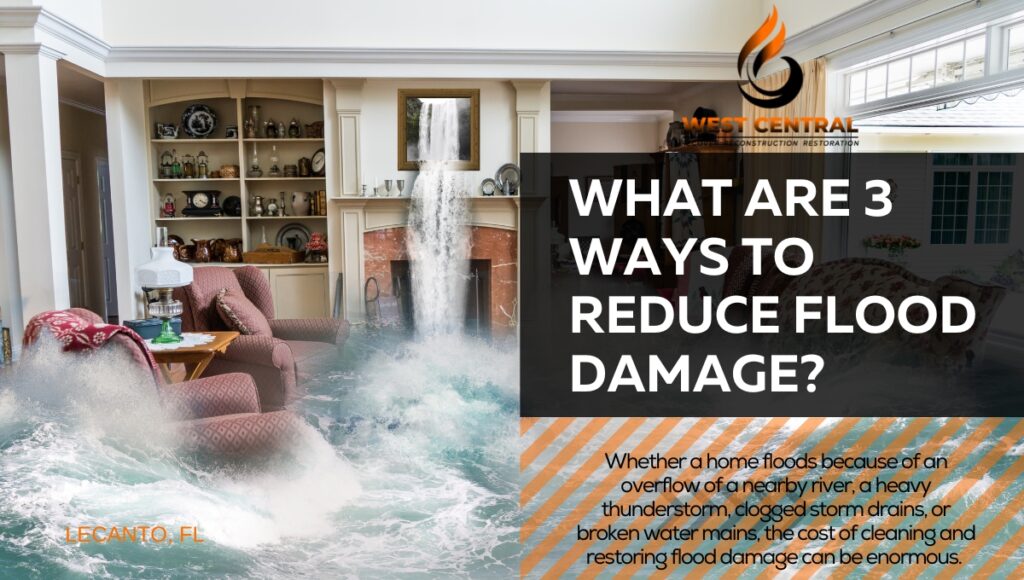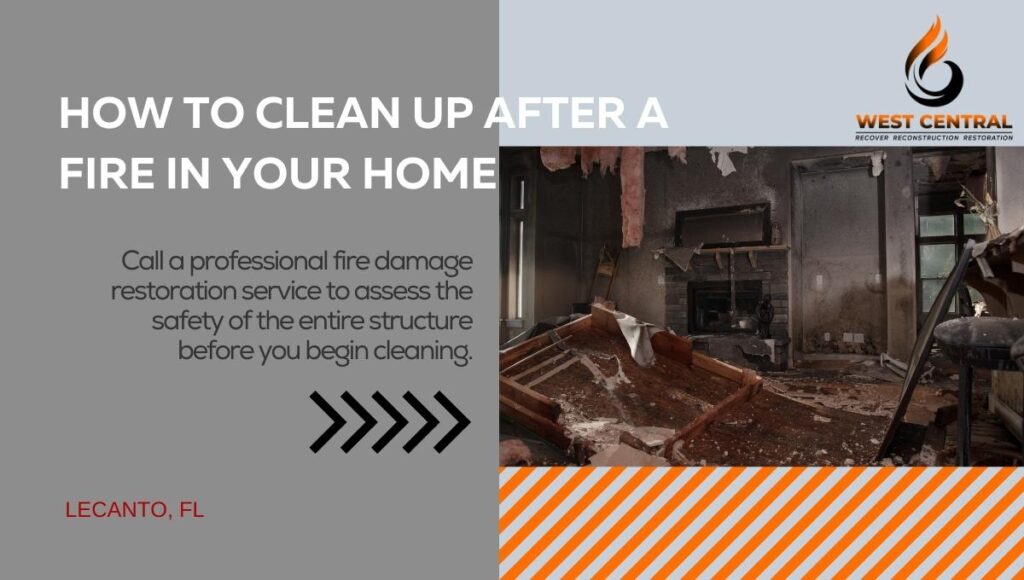Walls can be damaged by water due to a burst pipe or extreme weather elements. But long-term wall damage is often due to hidden water leaks. The small, persistent drops of water hidden in your home can eventually lead to serious structural issues, including the catastrophic damaging of walls.
How do you detect water damage on walls?
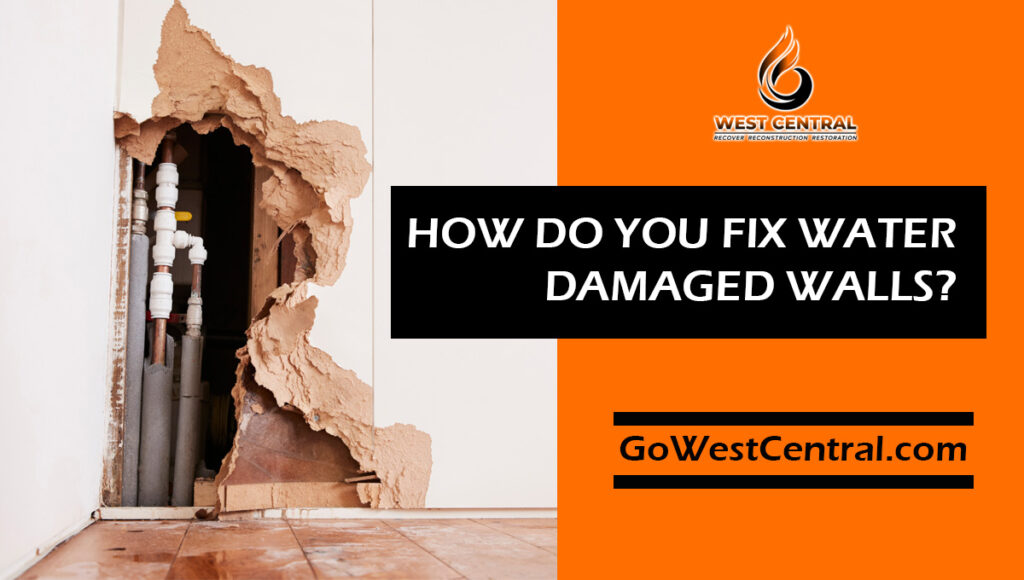
Simply look for the signs of water damage on or around the walls. The most common signs include:
- Stains on the walls
- Flaking or peeling paint
- Soft or swollen drywall
- Warped walls
- A strange or musty smell in the house
- Mold on the walls
Always be on the lookout for these signs. As doing so helps to detect and fix any water damage as soon as possible. Remember, not fixing water damage early enough may result in the wall decaying, falling, or posing major risks to your living space.
How do you fix water damaged walls?
- Fix water leakage
Before repairing a water damaged wall, locate and repair any leaking areas. Check for dripping areas, moisture-filled spaces, and soggy or crumbling places in your home and fix them.
Broken pipes, leaking drainages, and porous roofs are also common water leak sources that you should look out for. For more severe water leakage, seek the services of an expert. - Get rid of water damaged drywall
In most cases, water damaged walls can’t be repaired. In fact, repairing damaged walls always result in need for further repairs in a couple of weeks.
So depending on the severity of the damage, a wise step is usually to cut out the damaged portions, particularly if the structure is compromised and the wall is prone to falling. You can use a wrecking bar, a hammer, or a keyhole saw to eliminate the damaged surfaces.
The debris can make the work area messy. Hence, before you remove the damaged parts spread the surface with an old cloth or rug and collect the debris together with the damaged walls. - Conduct thorough, methodical repairs
The manner of repairing a damaged wall depends on the complexity of the damage. For walls damaged to a smaller extent, just scraping flaky and peeling areas out and then flattening the surface is often enough.
But for bigger or wider damages, cutting out and removing the damaged area is usually necessary. So, cut the area out in a hole-like shape, then scrap the area backward, and peel it off without breaking its essential parts.
For the repair, you need a joint compound, cement, and a means of making the repaired area smooth. When repairing a smaller area (less than 6 inches in diameter), spread a joint compound thinly over the damaged area and apply the top layer using sandpaper to enhance the repair.
And for a larger area (6-12 inches in diameter), mix some cement and apply. Patch up the area and allow the cement adhesive to dry. Now, fill the section with the joint compound, smoothen the entire area, and allow it to dry. You may require up to 3 layers of the joint compound to evenly patch up the area.
For walls where moisture damaged areas are bigger than 12 inches in diameter, doing the repair by yourself may not help. It is prudent to opt for a professional water damage service. - Paint the repaired wall
After the repaired wall dries, prepare it for painting. Make sure the surface is smooth and use an appropriate water-based primer to seal the surface and make it ready for painting.
Once the wall is ready, you can now paint it. Paint using zigzag motions with overlapping W-like strokes. But start from right to left, then left to right; and do so repeatedly, ensuring the vertical strokes spread evenly.
Aim for a light, even and appealing coverage by using light strokes from bottom to top. You can blend the paint if it doesn’t have a flat finish. Otherwise, you can work on large areas by dividing the surfaces into squares and painting two at a time.
Equally, you can use a paintbrush to cover the areas your roller cannot cover. Here is a tip: paint once in one direction, overlap, and finish with non-diagonal strokes. Also, wait for the surface to dry before repeating for better results. - Clean up
Once done, collect the debris and tidy up the space. You can dispose of harmful objects and rinse your tools before storing them appropriately.
Professional water damage restoration
Keeping intact, appealing walls requires a proactive approach. So, never wait till a massive, overwhelming damage occurs. Instead, always be on the lookout for water leakage, fix any leaks as soon as you notice them, and repair the damages immediately.
At West Central Equipment and Restoration, we provide homeowners with the information they need to inspect their homes for signs of water damage. And for those with persistent water damage issues, we offer a comprehensive inspection and restoration service.
Do not hesitate to call us when your home becomes a victim to water damage. Or when you have concerns regarding water damage and need expert advice. We provide a 24/7 emergency water damage restoration service in Lecanto, Florida and will respond to your distress call as soon as you reach out.
For more information on water damage restoration, visit the site “West Central Equipment and Restoration.”

